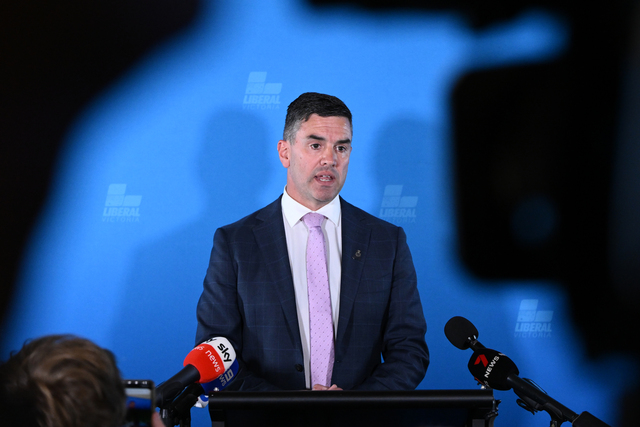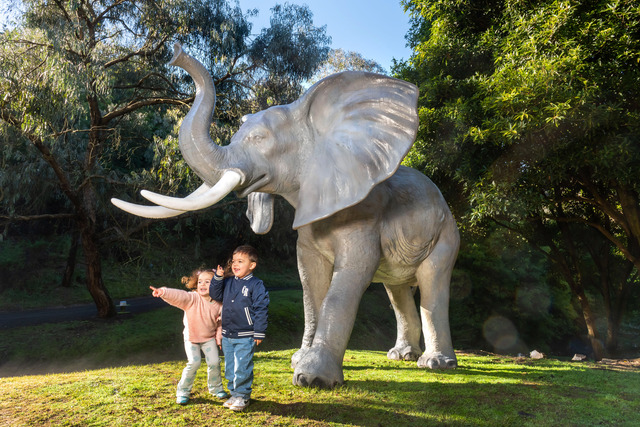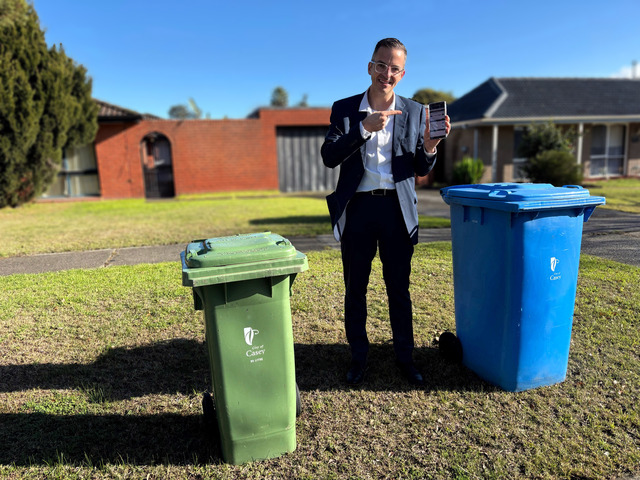THE multi-million dollar Casey Fields has been applauded for setting new global standards as Australia’s first fully sustainable sports facility.
The $30 million facility in Cranbourne East will include world-first sustainability features such as a harvesting mechanism for surface water run-off, on-site grey water treatment, and architecture to minimise embedded energy.
Lead design consultant EDAW Australia designed the site as a proactive response to Australia’s current water crisis, setting standards for sports-field design.
EDAW’s Peter Haack said Casey Fields was a ground-breaking development and an example of how a sports facility could and should operate.
“While Casey Fields sets the pace in sustainability now, it will become the norm in the future,” Mr Haack said.
“Australia simply can’t afford to ignore our water issues any further and, in responding to these challenges, we are setting new benchmarks globally.
“Sports grounds by their very nature, with open expanses of grass area and car parking, present an opportunity to be self-sufficient, in terms of water use and even energy consumption.
“At Casey Fields, we’ve developed a system of capturing and filtering surface run-off through a network of swales and wetlands.
“Then, instead of simply flowing off-site to neighbouring areas, the water can be reused to maintain the fields.
“We estimate that the annual water savings will be in the millions of litres for the City of Casey and this is a tremendous community and environmental outcome.”
Casey mayor Kevin Bradford said the City of Casey had won a number of awards that demonstrated its commitment and innovative work in the area of environmental conservation.
“Through intelligent design and the implementation of ground-breaking techniques, we hope that Casey Fields will set the benchmark for environmentally sustainable sporting facilities, particularly in water-sensitive urban design and sustainable water-use principles,” said Cr Bradford.
“We are only half-way through implementing the master plan and already Casey Fields is a hive of activity with elite athletes, club sports enthusiasts and local families enjoying the many facilities on offer, which is council’s ultimate goal for the precinct.”
When fully developed in about eight years, the 70-hectare site will accommodate 17 playing fields for football, cricket, soccer and rugby, 12 tennis courts, six netball courts, a cycling and athletics tracks and walking paths.
It is already home to the Casey Scorpions VFL Football Club and, from next season, the Casey-South Melbourne Premier Cricket Club.
Casey Fields is ploughing ahead
Digital Editions
-

Battin critical of government response to alleged childcare sex offender
This article includes details of alleged child sexual offences that could be distressing to readers. Berwick MP and opposition leader Brad Battin has been critical…





